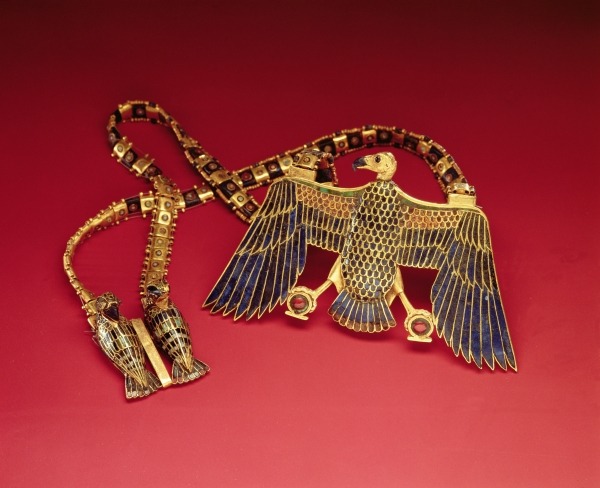As the World Wide Web has developed considerable bargaining power has been transferred from suppliers to consumers; there is a real need to improve market intelligence and market research for private and public tourism organisations and facilitate timely consumer decision making. This article explores the development of user generated content and specifically the use of web logs or blogs. Tourism organisations cannot afford to ignore the development of user generated content, peer-to-peer web applications and virtual communities. A recent survey found that consumers trusted more websites with reviews than professional guides and travel agencies and far from being an irrelevance, blogs are often perceived to be more credible and trustworthy than traditional marketing communications. But there is a problem: given the sheer number of possibly relevant travel blogs there is a need to locate, extract and interpret blog content and this has proven so far to be time consuming, exhausting and costly, thus negating the relative value of the information obtained. A way forward may be the use of artificial intelligence and “opinion mining” or a blog visualisation system.
Introduction
Tourism organisations and enterprises, especially travel agencies, hotels and destination marketing organisations, have been seriously challenged by the rise of the internet but at the same time enormous opportunities have opened up. The internet has opened up and improved communications, distribution channels and transactions in ways which could not have been imagined even at the beginning of the 2000s.
Tourists and travellers have at their command online resources which enable research of possible destinations, transportation, accommodation and leisure activities, and enable the purchase online of these products and services. This is nothing short of a consumer revolution which has effectively transferred much power from suppliers to consumers, and as the internet further expands and modifies into the Web 2.0 and the new grid, tourism organisations are well placed to take advantage of these new opportunities (Adam et al. 2007). It has also raised questions about marketing, distribution channels, improving business management and efficient marketing research in the tourism sector (Liu 2005).
Information is available on the internet but is that information accurate, up-to-date and usable? Although we are surrounded by both copious internet and extra-internet information, how much is actually useful? Can it help tourists to make informed travel decisions and likewise enable tourist organisations at national, state and local levels to make important marketing decisions? The answer is clearly “yes” and tourism organisations were some of the first to utilise the resources of the internet, but we are seeing one area of significant internet innovation over the past 2 years in the widespread development of user generated content and peer-to-peer applications, variously known as Web 2.0, which would appear to have enormous potential for tourism organisations.
This article explores the development of user generated contents (UGC) and specifically the growing use of blogs in tourism. Web logs, shortened to “blogs,” have been in existence since 1997, although it is only in recent years that their growth has been exponential. Such user generated content may provide tourism organisations and enterprises with valuable market intelligence and ongoing market research opportunities. On the other hand, such content may on occasions be of limited value, reflecting the incoherent, unstructured and random ramblings of individuals, which in another age might have been confined to the relative obscurity of a written diary. Such content may however be relatively difficult to locate and costly to do so.
The internet increases the effectiveness and efficiency of traditional marketing functions while the technology transforms marketing strategies enabling more efficiently planned and implemented promotion, distribution and pricing of goods and services. It opens up new global markets and international partnerships; it results in new business models that add customer value and increases profitability, and enables more effective segmentation, targeting and positioning strategies.
The current internet is still crude in capabilities and functionality and is still a rather chaotic test bed for companies, while consumers are learning new modes of interaction and consumption. The internet eases time and place constraints on consumers and no longer will products and services be offered primarily at the seller’s convenience (power shifts from sellers to buyers)—anytime and anywhere purchasing and consumption is now common. As a consequence the expectations of consumers have been raised. There is no going back. Communication bandwidths will rapidly rise, and with it a greater use of movies, radio and television streaming; terminal equipment will become more powerful














